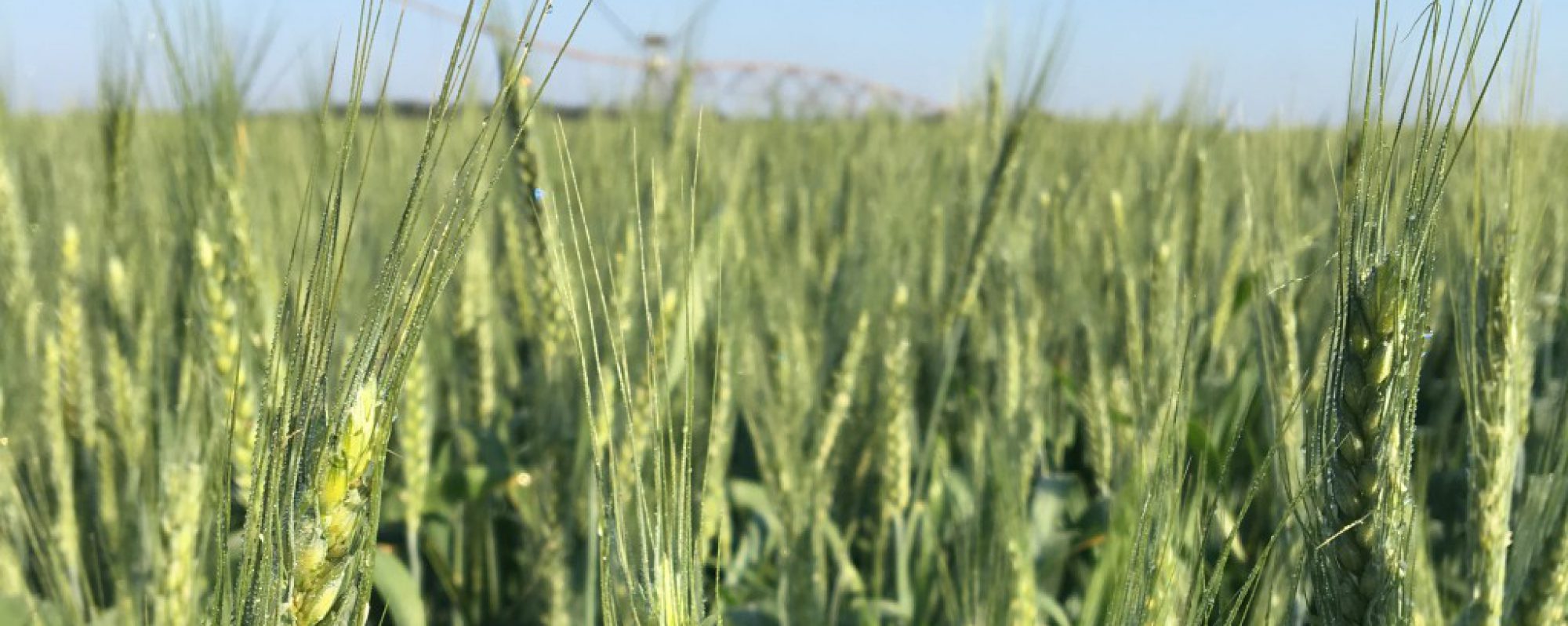From Rome Ethredge
Corn planting getting going now although moisture is short in some areas and some preplant watering is having to happen.

Lots of ways to do it but grower here using pop up fertilizer 2×2 (2 inches over and 2 inches below the seed) and Velum in furrow for nematode suppression.
Oat and rye mix cover crop was sprayed with glyphosate and atrazine a few days ago, would have been better done a few weeks ago but they got things together and soils warmed well, a little ahead of expectations. Killing cover crop early also helps with moisture retention as a growing cover will continue taking up water.
This is on a 30 inch row spacing with seed spaced about 5.8 inches apart in the row for a plant population of 36,000 seeds per acre. This chart from the UGA Corn Production Guide is useful for looking up plant pop.

It takes about 100 GDUs (Growing Degree Units, or Heat Units), for corn to emerge, so it will depend on how warm it is the next several days. Looks like it’ll be warm so we should be able to ♫♫ “Watch my corn pop up in rows” ♫♫, pretty quickly. Apologies to Tim McGraw….
Oats and Wheat
Small Grains are looking better now but aphids are resurging. I spoke with Dr. Buntin, UGA Entomology, and he says that later in the season, we can stand more aphids, see excerpt below from UGA Pest Control Handbook showing the thresholds. Later infestations can cause later Barly Yellow Dwarf transmission but its not as bad an effect on yield this late. Most small grains are in Stem elongation now so we can stand up to an average of 2 aphids per stem at this point. I looked at some early planted grain oats yesterday which will shoot the flag leaf next week.

Consultant Scott Brown in Colquitt County saw just a little Rust disease in Oats yesterday. We need to be on the lookout but delay fungicide sprays until at least the flagleaf is out as it’s the most important to protect, if possible.
Here’s an old photo of Oat Rust.

